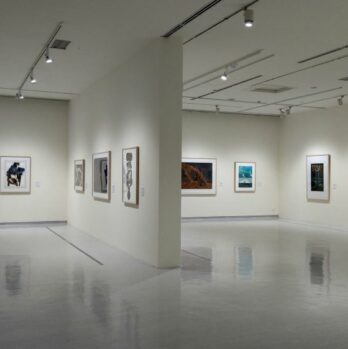Toyo Ito: The Innovative Architect Revolutionizing Design

Introduction:
Toyo Ito is a renowned Japanese architect whose visionary designs have captivated the world. With a career spanning several decades, he has left an indelible mark on the world of architecture. This article will provide a thorough and comprehensive overview of Toyo Ito, delve into the various types of architecture he has popularized, delve into quantitative measurements surrounding his work, discuss the differences between various Toyo Ito designs, and provide a historical analysis of the advantages and disadvantages associated with them.
The Architect Toyo Ito: A Pioneer of Innovative Design

Toyo Ito is an architect who has pushed the boundaries of traditional design, creating spaces that evoke emotions and challenge conventions. He is known for his ability to seamlessly blend nature and architecture, creating harmonious environments that inspire and captivate. Throughout his career, Ito has garnered numerous accolades, including the prestigious Pritzker Architecture Prize in 2013, solidifying his place as one of the most influential architects of our time.
Exploring Toyo Ito’s Architectural Works
Toyo Ito’s architectural portfolio encompasses a wide range of projects, each displaying his distinctive style and innovative design principles. From residential buildings to cultural centers, Ito has left an indelible mark on the architectural landscape. Some of his most renowned works include the Sendai Mediatheque in Japan, the Taichung Metropolitan Opera House in Taiwan, and the Tama Art University Library in Tokyo. These structures showcase Ito’s unique approach to design, characterized by fluid lines, organic forms, and an integration of nature.
Quantitative Measurements of Toyo Ito’s Architecture
To properly evaluate the impact and success of Ito’s architecture, it is necessary to delve into quantitative measurements. One such measurement is the functionality of his structures. Toyo Ito’s designs prioritize the needs of the users, ensuring that the buildings are not only visually stunning but also practical and functional. Additionally, sustainability is a significant aspect of his work. Ito strives to create environmentally friendly structures that minimize energy consumption and promote sustainable practices. By assessing factors such as energy efficiency, carbon footprint, and user satisfaction, we can gain a better understanding of the quantitative aspects of Toyo Ito’s architecture.
The Distinct Differences Among Toyo Ito’s Architectural Designs
Although Toyo Ito’s designs share a common thread of innovation and creativity, they also exhibit distinct differences that reflect the diverse contexts in which they were created. While some projects emphasize the integration of nature, others prioritize technological advancements. For example, his Sendai Mediatheque showcases a transparent facade and open floor plan, promoting transparency and connectivity, while the Tama Art University Library utilizes a more solid form, emphasizing the importance of silence and introspection. These differing design approaches demonstrate Ito’s versatility and his ability to adapt his vision to suit the specific needs of each project.
A Historical Analysis of Advantages and Disadvantages of Toyo Ito’s Architectural Designs
To fully understand the impact of Toyo Ito’s architecture, it is essential to examine its historical context and analyze the advantages and disadvantages associated with his designs. One advantage lies in the unique spatial experiences created by his structures. Ito’s buildings often feature unexpected angles, light play, and fluid spaces that mesmerize and engage users. However, these innovative designs also pose challenges in terms of construction and maintenance costs. The complexity of his designs can result in higher construction expenses and ongoing maintenance requirements. Balancing the benefits and drawbacks associated with Toyo Ito’s architecture is crucial for both architects and users alike.
In conclusion, Toyo Ito has revolutionized the field of architecture with his groundbreaking designs that merge nature, innovation, and functionality. Through a comprehensive overview of his career, an exploration of his diverse architectural works, an analysis of quantitative measurements, an examination of the differences among his designs, and a historical assessment of their advantages and disadvantages, it becomes evident why Toyo Ito’s influence continues to resonate in the world of architecture. By pushing the boundaries and challenging conventions, Ito has redefined what it means to be an architect, leaving an enduring legacy for future generations to admire and learn from.











